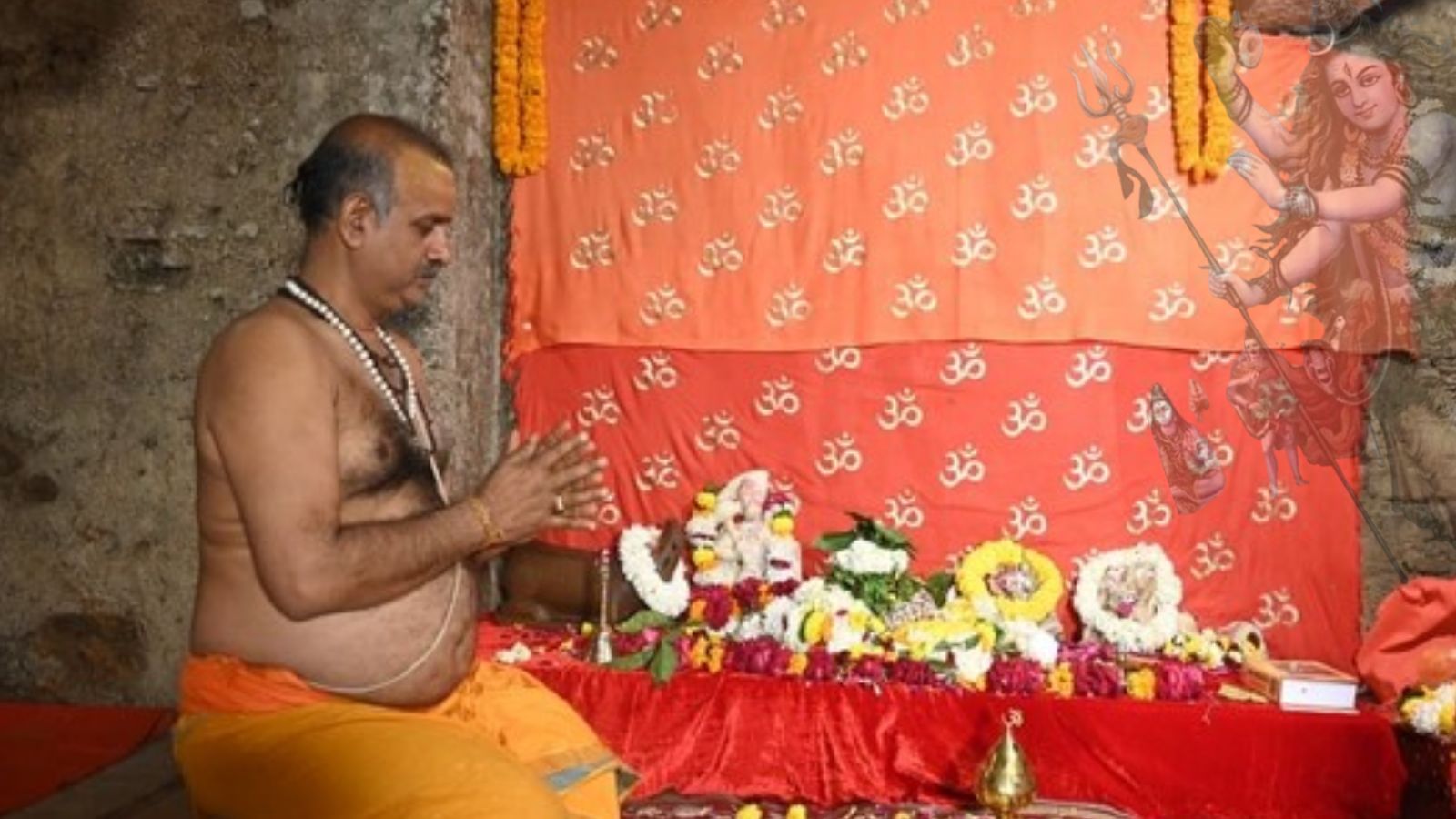Tracing the 800 Year History of Gyanvapi Mandir
1170-89
Maharaja Jayachandra of Kanauj, upon his coronation, is believed to have constructed a grand temple dedicated to Lord Shiva at the site. History gets a bit murky here as the same Jaychandra is also believed to have invited Mohammed Gauri to subjugate his arch enemy, Prithviraj Chauhan.

1193-94
Upon Jayachandra’s defeat by Mohammed Gauri, his general, Qutub ud Din Aibak, destroys many temples in Kashi. Sadru’d-Din Muhammed Hasan Nizami records this act of destruction in ‘Taju’l-Ma’sir’: “From that place (Asni–a town in UP) the royal army proceeded towards Benares, which is the center of the country of Hind and here they destroyed nearly 1000 temples and raised mosques on their foundations, and the knowledge of the law became promulgated, and the foundations of religion were established.” (John Dawson, History of India, V. II (1869), p. 223)
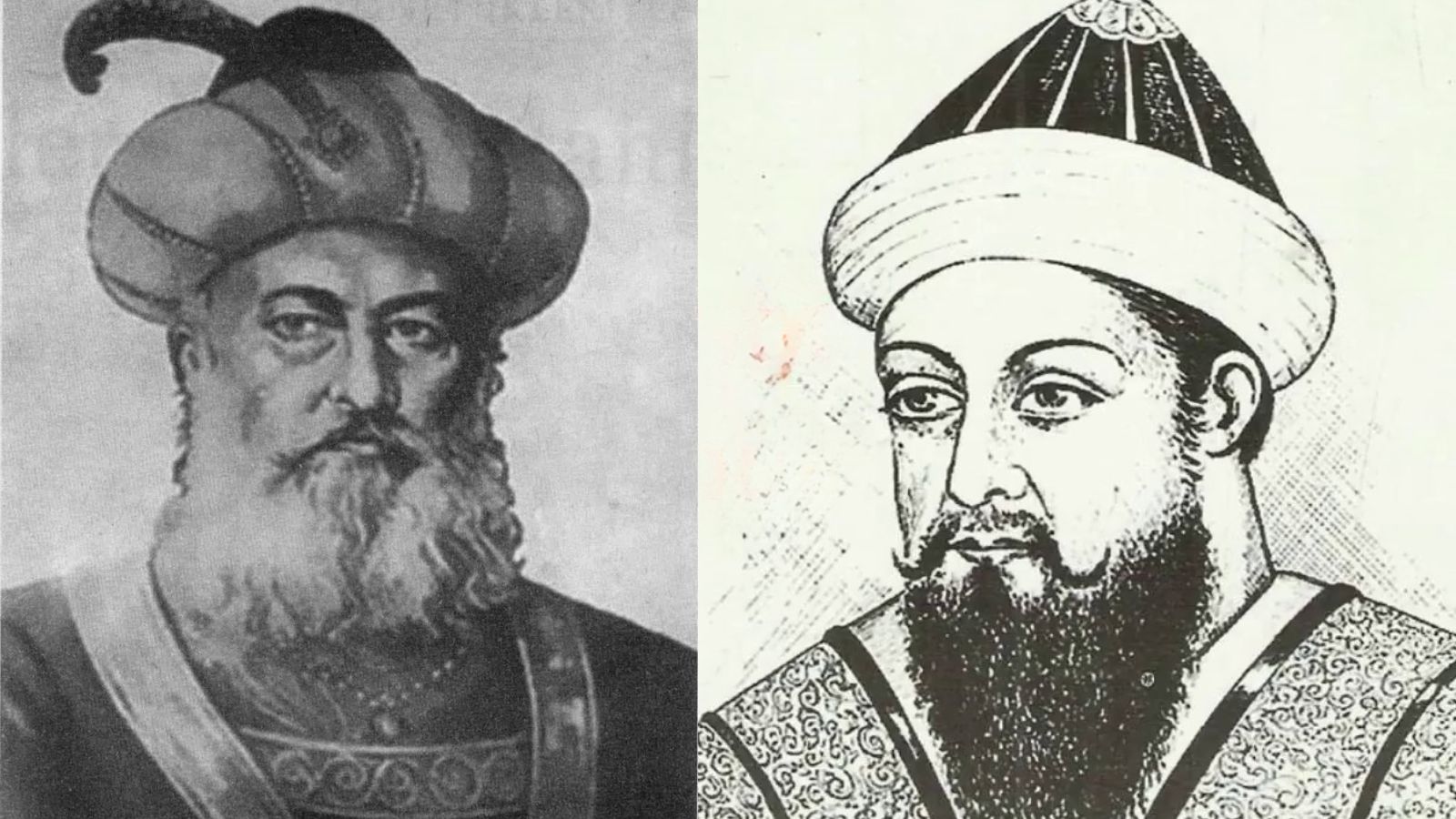
1200-1600
- An unnamed Gujarati merchant rebuilds the Mandir sometime during the reign of Iltutmish (1211-1266) in what was the Avimukteshwara’s precincts, only to be destroyed by Hussain Shah Sharqi of the Jaunpur Sultanate (1447-1458) or Sikandar Lodhi (1498-1517) of the Delhi Sultanate.
- In the late 16th century, Todar Mal, a Hindu minister during Akbar’s rule, rebuidst the Kashi Visheshwar Temple at today’s disputed Gyanvapi site.
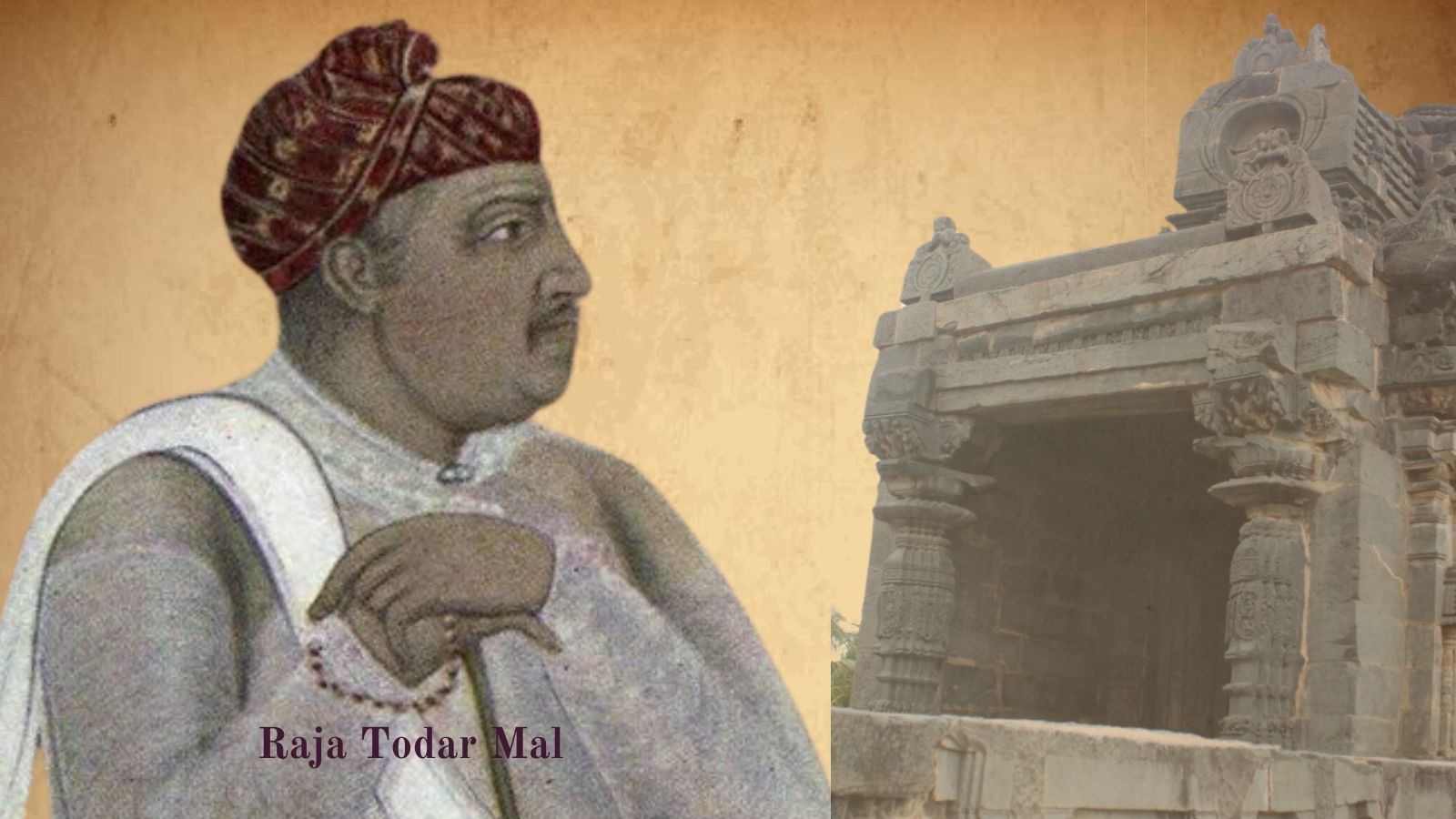
1669
Aurangzeb orders the temple’s demolition. In its place, a mosque known as Alamgiri Mosque is constructed in 1678. The temple’s plinth is largely preserved to serve as the mosque’s courtyard, while the southern wall is transformed into the qibla wall. Other buildings in the precinct are left untouched. Over time, the current name is adopted, deriving from an adjoining sacred well (pond) – Gyanvapi (“Well of Knowledge”).
Aurangzeb’s court scribe Saqi Musta’ad Khan records the following in his book ‘Massir e Alamgiri’: “His Majesty […] issued orders to the governors of all the provinces to demolish the schools and temples of the infidels […], according to the Emperor’s command, his officers had demolished the temple of Viswanath at Kashi.”

1698
A land survey conducted by the ruler of Amer, Bishan Singh, explicitly shows the Gyanvapi mosque at the site of the dismantled Vishweshwar temple. The temple plinth and the Gyanvapi well are demarcated from the mosque. Following Bishan Singh’s death, his successor, Sawai Jai Singh II, constructs an Adi-Vishweshwar Temple about 150 yards from the mosque.

1780
Ahilyabai Holkar constructs the present Kashi Vishwanath Temple to the immediate south of the mosque. However, since the original lingam is believed to be hidden by the priests inside the Gyanvapi during Aurangzeb’s raid, the plinth attracts greater devotion than the temple for well over a century.
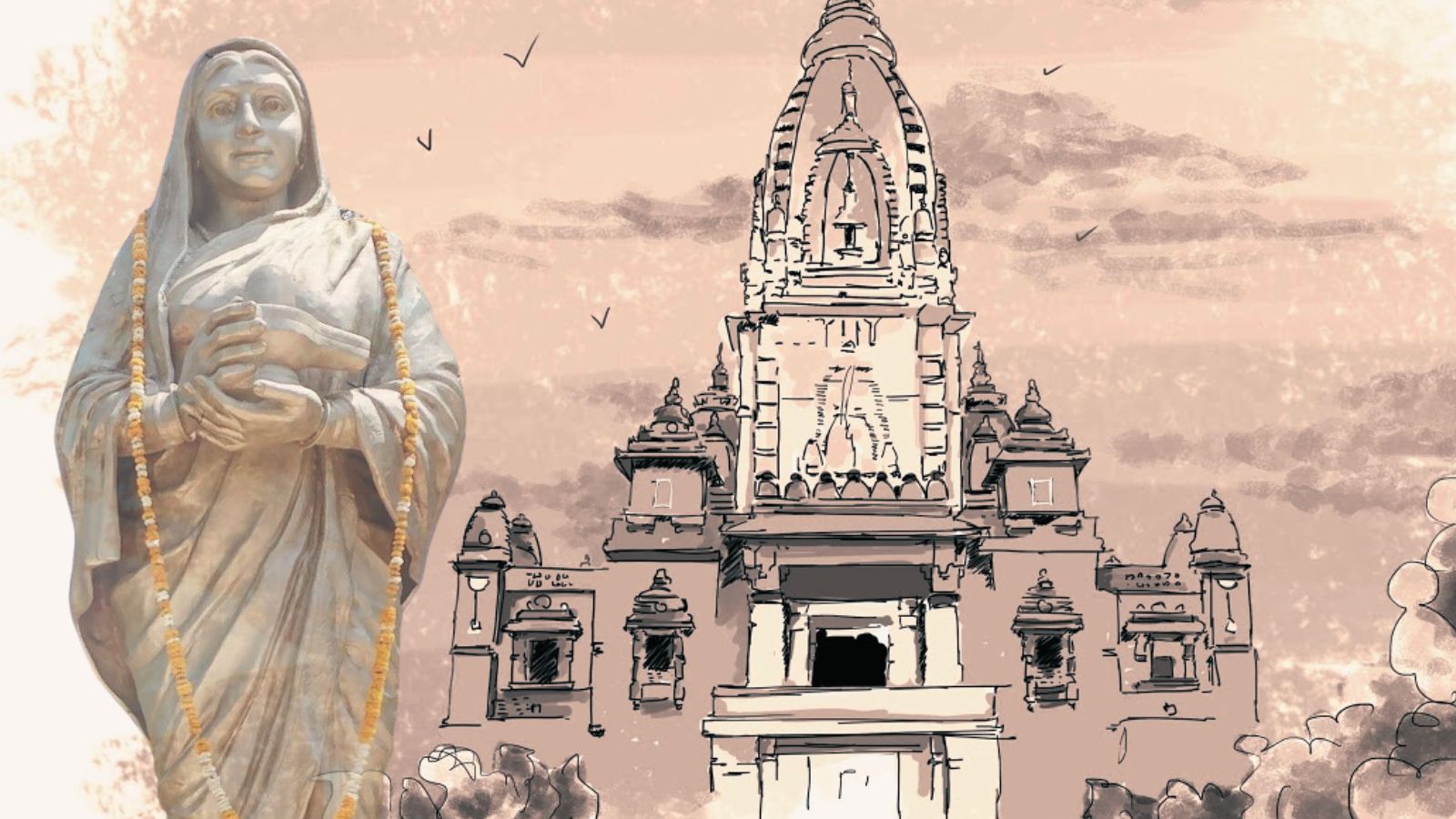
1824
An Anglican bishop, Reginald Heber, records that the plinth was more revered than Ahilyabai’s temple and filled with priests and devotees; the “well,” fed by a subterranean channel of the Ganges, featured a stair for the devotees to descend and take a bath.

1828
Baiza Bai, widow of the Maratha ruler Daulat Rao Scindia, builds a pavilion around the well and erected a colonnade to support a roof. To its east was a statue of Nandi, which had been gifted by the Rana of Nepal. To further east, the Rani of Hyderabad builds a temple of Mahadeva.

1868
The Anglican missionary M. A. Sherring, who spent many years in Banaras, notes that the Hindus controlled access to the plinth and the southern wall. While the Muslims controlled the mosque, Sherring says they were permitted to use only the side entrance.

1909
Edwin Greaves observes that the mosque was “not greatly used” and remained an “eyesore,” thereby validating Sherring’s description of the pavilion. Greaves also notes that the well commanded significant devotion, too — pilgrims received its sacred water from a priest, who sat on an adjoining stone screen.

1929-1935
1929: The mosque committee is cautioned by the British authorities to avoid overcrowding the complex lest Hindu pilgrims face inconvenience.
1935: The mosque committee initially asks the District Magistrate in January to waive the restriction on crowd overflow, followed by another request in October asking for Muslims to be allowed to offer prayers anywhere in the complex; both requests are denied. In December, local Muslims attack the police after being prevented from offering prayers outside the mosque proper, injuring several officials, and a lawsuit follows, demanding the entire complex be treated as Waqf property. The claim is rejected by the lower court in August 1937, and a subsequent appeal is dismissed by the Allahabad High Court in 1941.

1959
Hindu Mahasabha conducts a Rudra Abhishek ceremony at the site on the occasion of Maha Shivaratri, followed by routine satyagraha demanding the restoration of the temple. Hundreds of satyagrahis are arrested and serve imprisonments of varying duration. In November, the annual meeting of RSS adopts a resolution to similar effects.

1984
The Vishwa Hindu Parishad (VHP) and other Hindu organizations engage in a nationwide campaign to reclaim religious sites where mosques had been constructed by demolishing Hindu temples, Gyanvapi being prominently included among them.

1991-1997
1991: Three local Hindus file a title-dispute suit in the Varanasi Civil Court on behalf of three Hindu deities — Shiva, Shringar Gauri, and Ganesha — for handing over the entire site to the Hindu community to facilitate the temple reconstruction. The Muslim side contends that the petition contravenes the Places of Worship Act, which expressly prohibits courts from entertaining litigations that seek to convert places of worship, and even contests the idea that Aurangzeb had demolished any temple to construct the mosque.
1997: The Varanasi Civil Court rules that the suit was not maintainable under the PoW Act of 1991. Subsequently, both the temple and mosque sides file several revision petitions before the district court.

1998
The district Judge merges all the petitions and orders the civil court to adjudicate the dispute afresh after considering all the evidence. However, the High Court stays the Varanasi district court order, which continues for 22 years. The site continues to remain volatile, with mosque access prohibited for non-Muslims and the walls fenced with barbed wire. During the 2004 general election, hundreds of policemen are deployed to maintain peace.

2019
Following the Supreme Court verdict in the Babri Masjid-Ram Janmabhoomi case, a Varanasi-based lawyer, Vijay Shankar Rastogi, identifying himself as the “next friend” of Swayambhu Jyotirlinga Bhagwan Vishweshwar, files a petition in the lower court claiming illegality in the construction of the Gyanvapi mosque and seeks an archaeological survey of the mosque.

2020
The plaintiffs again approach the Varanasi civil court to reopen the case, which had been stayed since 1998. They cite a Supreme Court order from 2018 requiring a stay order to be rectified every six months. Since this was not done in the case, the civil court agrees to reopen it.
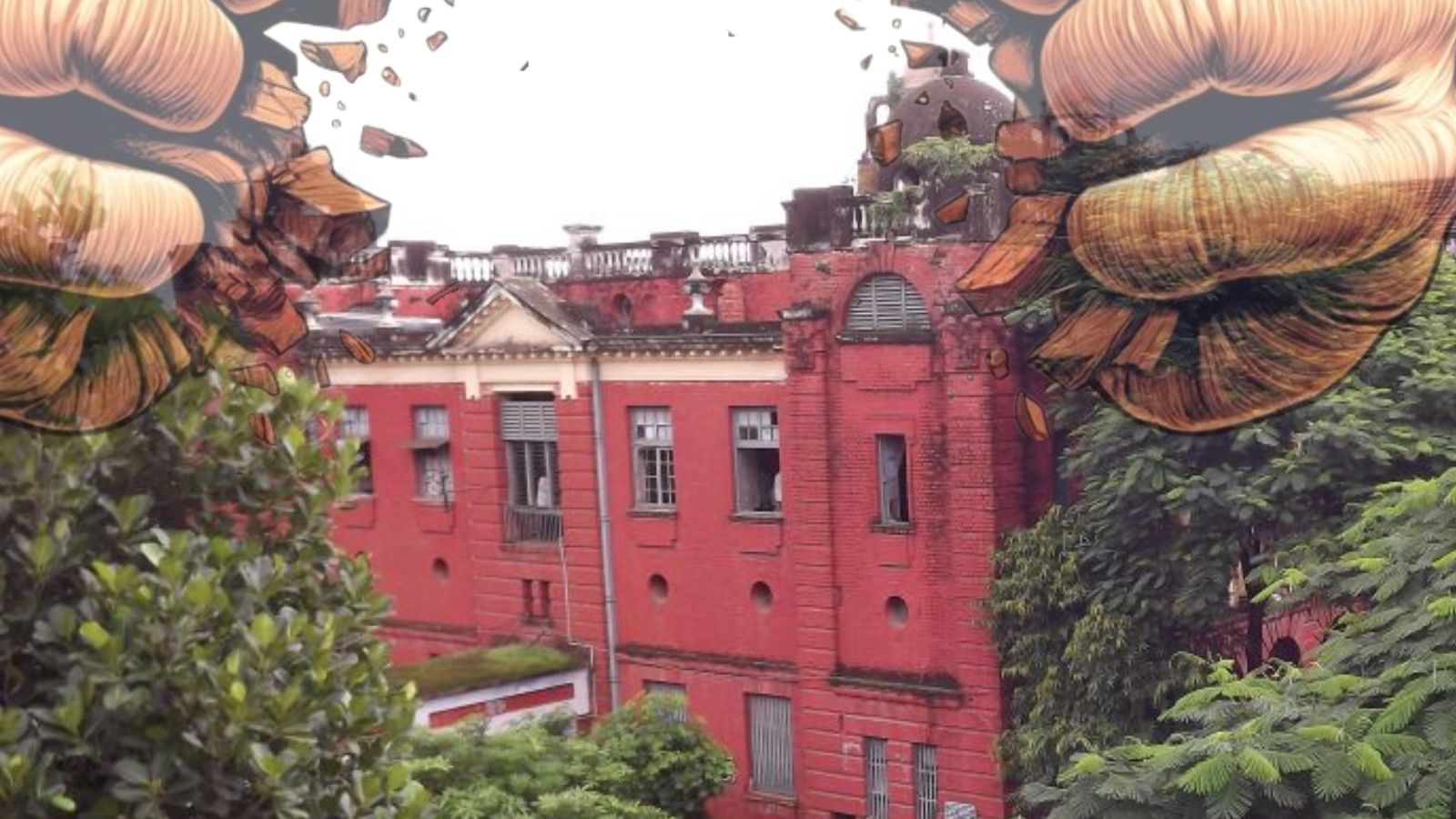
2021
The Varanasi civil judge directs the ASI to conduct a scientific survey of the Gyanvapi complex; however, the Allahabad High Court stays the order and clubs this case with the original suit. Meanwhile, a third case is filed by five Hindu women seeking permission to conduct daily prayers at “a shrine behind the western wall of the mosque complex” and protection of the idols.
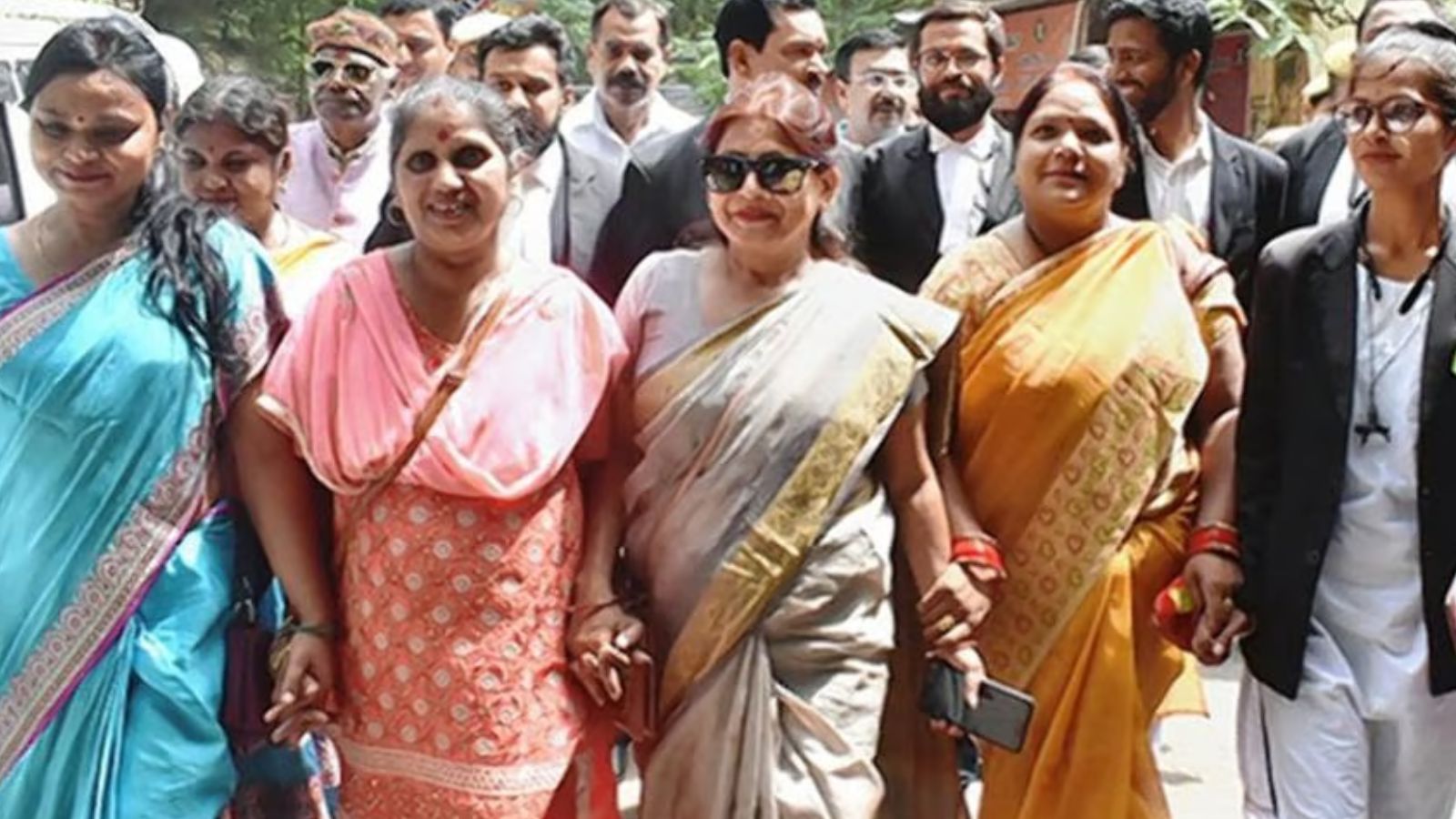
2022
- May 12: The Varanasi court responds to the five women’s petition by appointing Advocate Commissioner Ajay Kumar Mishra to conduct an inspection of the site, “prepare videography of the action,” and submit a report.
- May 16: The survey discovers a ‘Shivling’ inside a reservoir on the mosque complex during the survey. The Court seals off the area and restrains congregations of more than twenty mosque-goers at a time. The Anjuman Intezamia Masjid Committee (AIMC), claiming the object to be a medieval stone fountain, petitions the Supreme Court of India for an indefinite stay of the survey and for vacating all restrictions. However, the Court declines to grant full relief and only restored unfettered access to the mosque before transferring the onus of deciding on merits to the District Court.
- The Supreme Court orders the protection of the area around the claimed ‘Shivling.’
- September: Varanasi district court rejects AIMC’s plea challenging the rights of Hindus to pray inside the disputed site. AIMC files a petition before the Allahabad high court.

2023
- May: Following an Allahabad High Court order, the Varanasi district court agrees to hear a plea for an ASI survey.
- June: Allahabad HC upholds the Varanasi district court order that said Hindu groups are not barred by the Places of Worship (Special Provisions) Act, 1991, and the suit seeking the right to worship inside the Gyanvapi mosque was maintainable.
- July: The Varanasi court issues directions for a “scientific investigation” of the mosque premises by the ASI. District and Sessions Judge Ajaya Krishna Vishvesha directed the ASI to “conduct ground penetrating radar survey just below the three domes of the building in question and conduct excavation, if required”.
- August 4: The Allahabad High Court upholds the district judge’s order, and the ASI started the survey in the barricaded area of the Gyanvapi premises, excluding its sealed section.
- December 18: After six extensions and much cajoling from the court, the ASI submits its survey report in a sealed cover to the Varanasi district court.
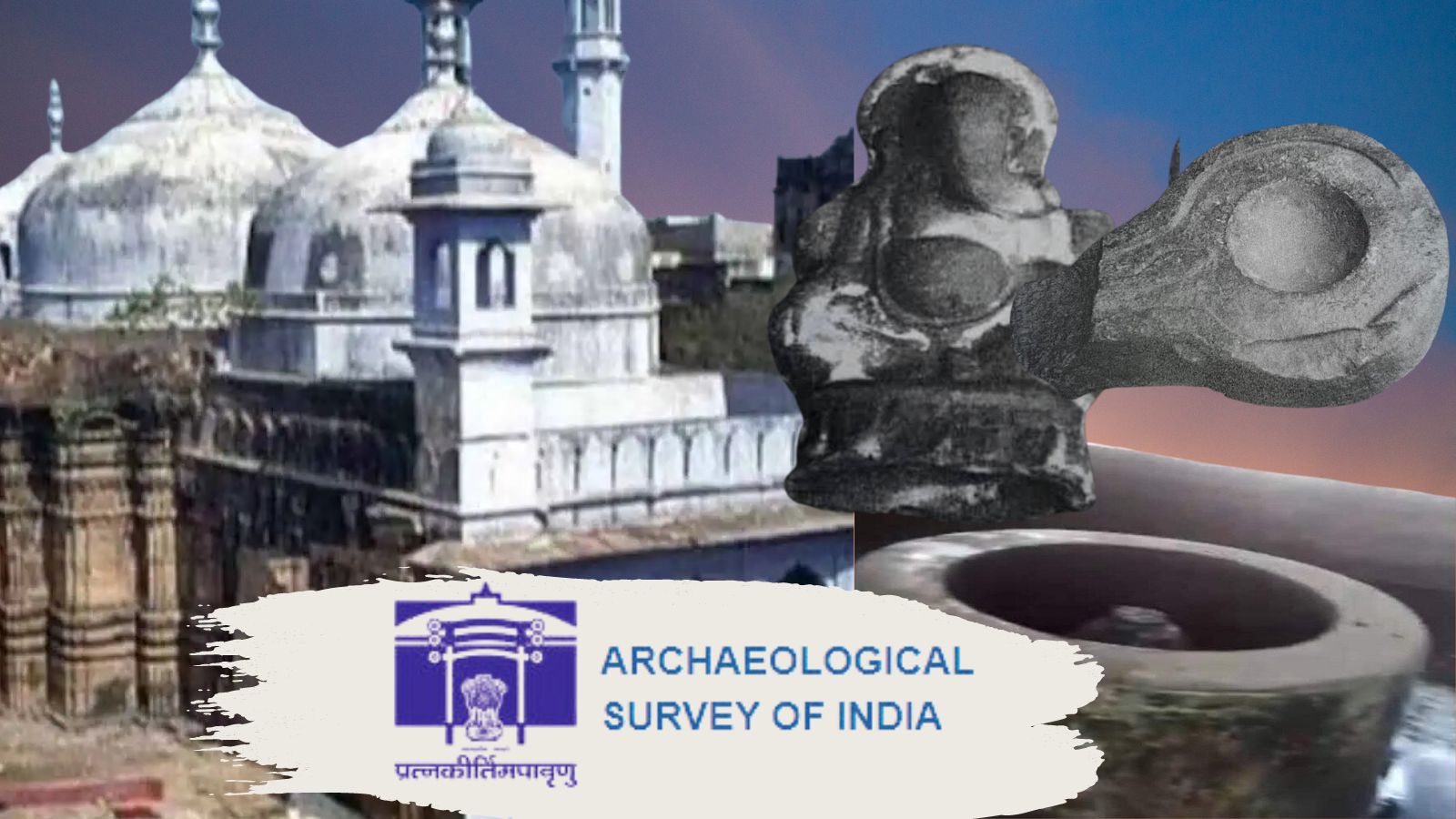
2024
- January 25: The ASI survey report is made public. The report concludes, with scientific evidence, that a multi-chambered Hindu temple existed at the site prior to the construction of the mosque; most of the temple pillars were reused, and they still had multiple inscriptions—in Devanagari, Kannada, and Telugu scripts—featuring various names of Shiva. In addition, several sculptures of Hindu gods were found buried in the cellars.
- January 29: Four Hindu women move the Supreme Court seeking the excavation and scientific survey of the sealed section of the Gyanvapi Masjid.
- January 31: The Civil Court allows a Hindu petitioner to take possession of the cellar and initiate worship.
- February 1, 12:30 AM: Shailendra Kumar Pathak performs the traditional ‘shudhikaran’ and puja in the Gyanvapi tehkhana, after nearly 31 years his maternal grandfather Somnath Vyas had performed puja in 1993 before the venue was closed to Hindus. “We broke down into tears. It was an emotional moment not only for our family but for all Sanatanis,” says Jitendra Nath Vyas, another family member of Somnath Vyas.
